|
Gurū Granth Sāhib |
|
The Guru Granth Sahib plays a crucial role in the life of a Sikh. Every Sikh yearns to engage with it at some level and benefit from its overarching Divine wisdom. Ever since the revelation of the Sabad (Gurbani) by the Guru, it has taken the center stage in a Sikh's life, both personal and communal. In order to communicate with the Guru's message at a more personal level, Sikhs have tried to produce many interpretations over the past centuries. Consequently, there is a plethora of literature on Guru Granth Sahib available to the Panjabi-speaking audience, while there is a void in the English language for such resources. Committed to continually bringing out new educational tools and resources for the community, Sikh Research Institute has introduced Guru Granth Sahib: Its Language and Grammar, a textbook for learners of Gurbani. The book is primarily intended for use by English-speakers, especially the diaspora communities. It gives an overview of the languages of the Guru Granth Sahib, the Gurmukhi script, its pronunciation and grammar. Since, grammar serves as an important tool for the production of meaningful interpretations of Gurbani, this book seeks to introduce a basic approach for accessing the linguistics of the Guru Granth Sahib. The lessons are appropriate for beginners to intermediate-level learners, who wish to develop a better understanding of the Guru Granth Sahib. The book is set up in a language course format, which can be used to take lessons, both in a classroom environment along with the Gurbani Language Course offered by the Sikh Research Institute, as well as through self-study. With the help of this book, readers should find it helpful in interpreting Gurbani independently to enhance their understanding of Gurmat (Guru's wisdom) and thus experience the Guru's message first hand. The book tries to answer questions that many of us may have grappled with at some point in time: 1. What is the language of Gurbani? Is it Panjabi? A walk through a few salient features of the book. The Book covers in brief, pretty much every aspect of the languages and the grammar of Gurbani in two sections. The first section deals with the languages, their script and pronunciation and the second section cover the grammar of Gurbani. First of the units in the first section offers an overview of the different languages appearing in the Guru Granth Sahib, with description and samples from the Guru Granth Sahib.
The script of the Guru Granth Sahib (Gurmukhi) is also discussed in some details; its background, formation, salient features, all its constituents and their character (consonants, vowels, symbols, punctuations marks etc.
One of the units in the book also touches numerals of Gurmukhi script in a more systematic manner, giving details in what different ways numerals have been used in the Guru Granth Sahib.
Articulation of individual letters as well as pronunciation of Gurmukhi as a script is dealt with in details. It is explained in both linguistic methodology and easy to understand articulation methods.
Lessons in grammar are delivered in a structured by tackling different parts of speech in a systematic manner with Gurbani examples and accompanying translation wherever applicable.
Almost all the lessons in the grammar section are accompanied by a table that sums up grammar patterns and the learnings of the respective lessons in an easy to understand format.
Appendices augment the information provided in the main sections of the book by giving general insights into the content of the Guru Granth Sahib. The first appendix gives an overview of the content, contributor, layout, structure, format, style of different rags and banis appearing in it.
Another appendix provides an adapted and translated key, of broad grammar patterns, from SGPC shabdarth, that can be memorized for one's benefit.
Since correct pronunciation of Gurbani is of paramount importance, last appendix offers guidelines for the transcription of Gurmukhi script into roman that helps first time learners of Gurmukhi in exact pronunciation of the script.
1. Understand the Guru Granth Sahib's composition, layout, format, style etc. The book is co-authored by Harinder Singh, CEO SikhRI, Jaswant Singh a scholar at the Sikh Centre, Singapore, and Surender Pal Singh, Research Associate SikhRI. It has been graciously reviewed by Harpreet Singh, Harvard University, Surinder Singh, Sikh School of Los Angeles, and Gurdit Singh.
"Since its establishment as the centerpiece of Sikh life in 1604, the Guru Granth Sahib has contributed immensely to the self-definition of the Sikhs as a community. Even though the message enshrined in the scripture enjoys an unimpeachable authority over now a global community of practitioners, a serious textual study of its contents remains in a terrible state of neglect. A handful of scholars in the modern period began the work of illuminating the existence of a fascinating grammar, which can be helpful in taking the primary step toward understanding the Sikh discursive tradition. The present work is a much-needed attempt to articulate this grammar in English. It deserves to be on the bookshelf of every individual interested in the study of the Sikh scripture." |

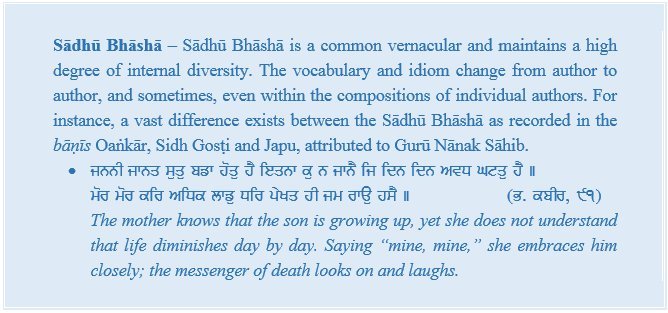
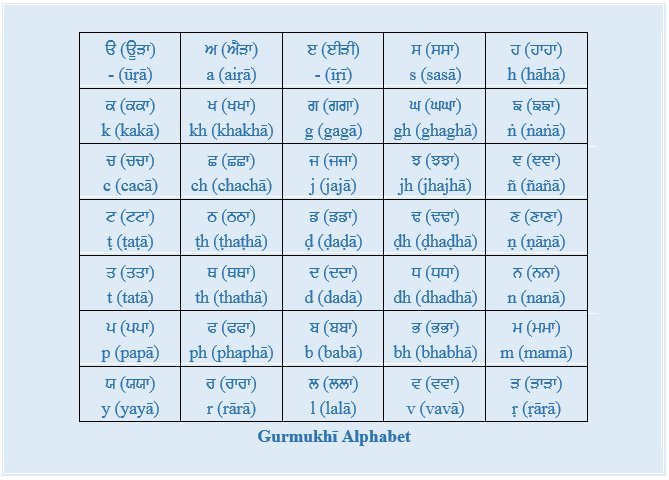
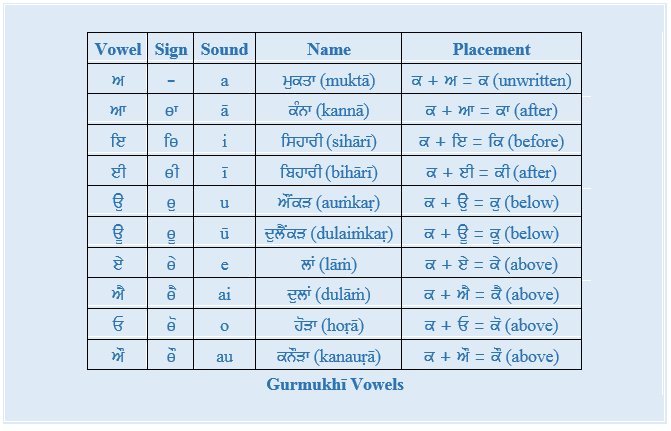

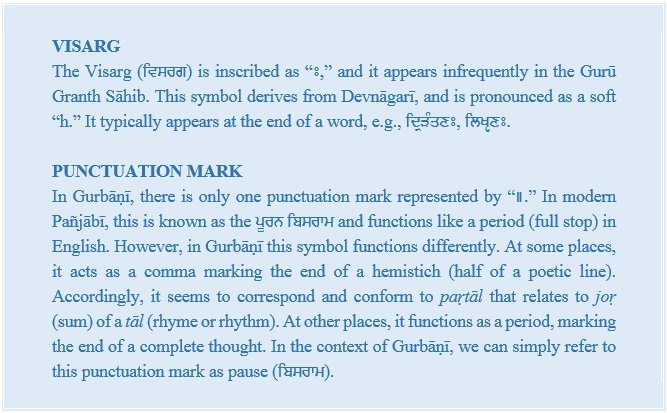
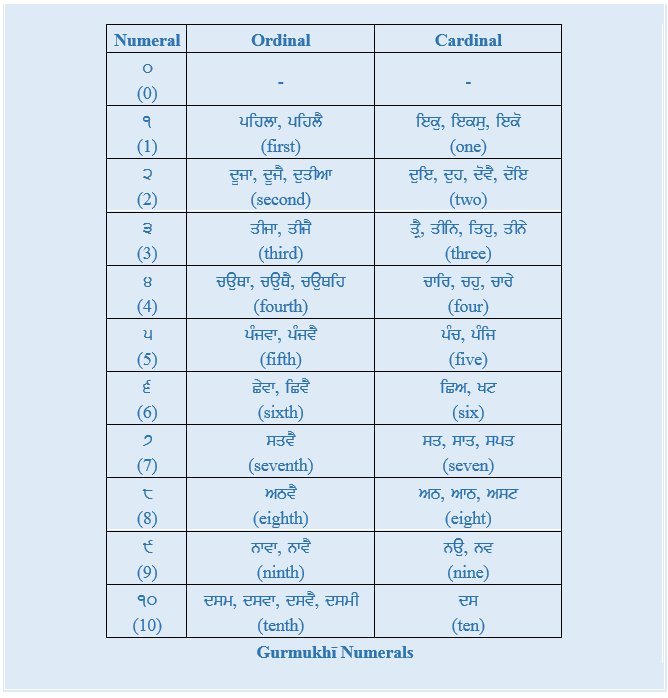
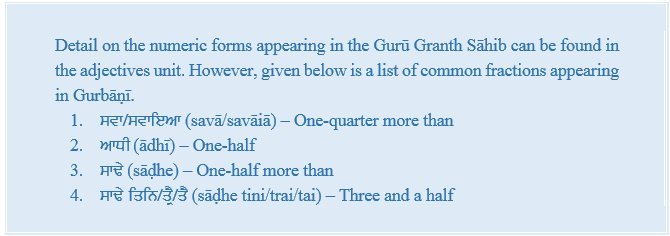

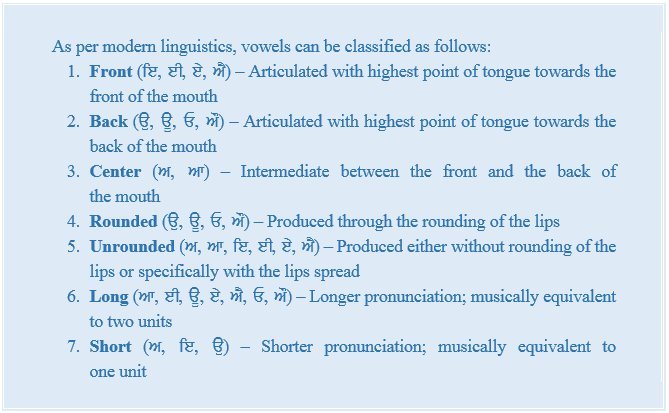
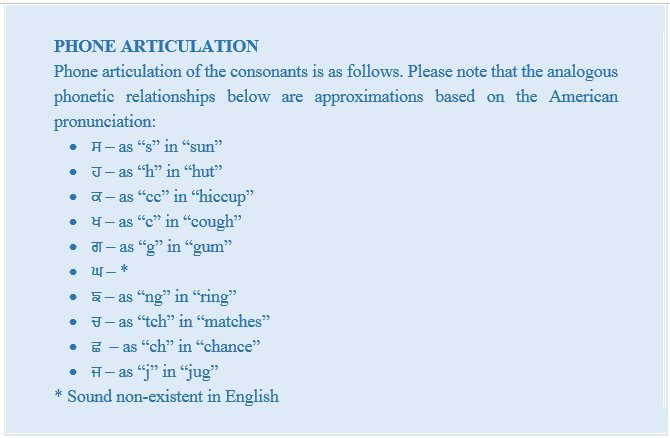

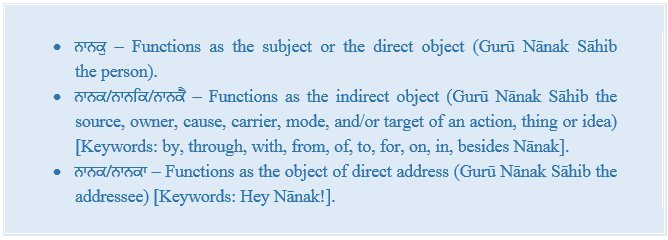
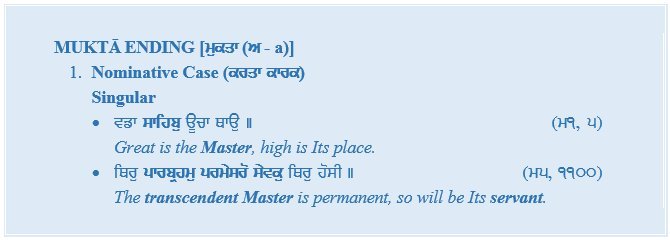

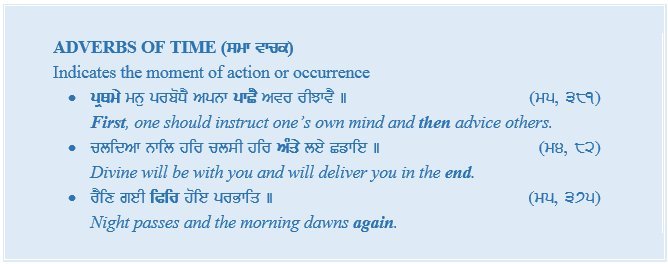
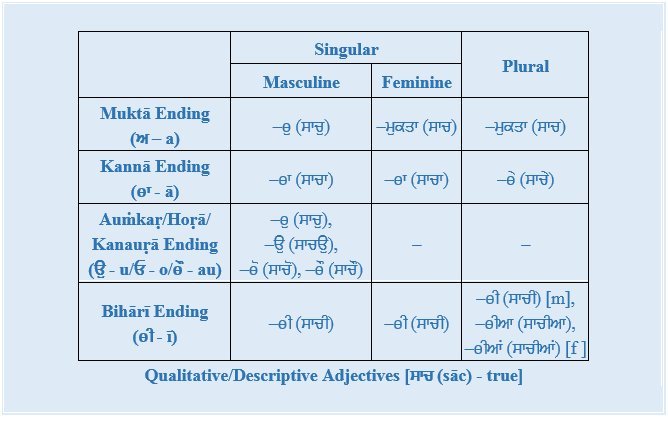

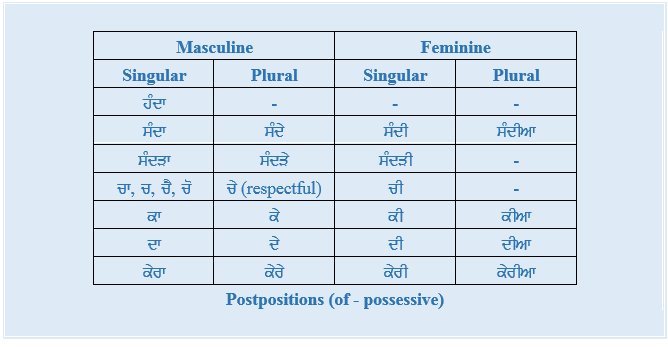
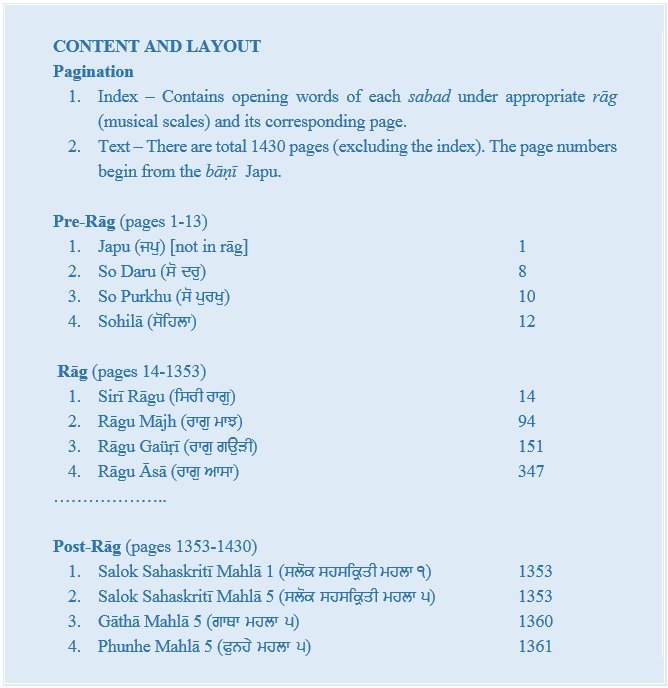

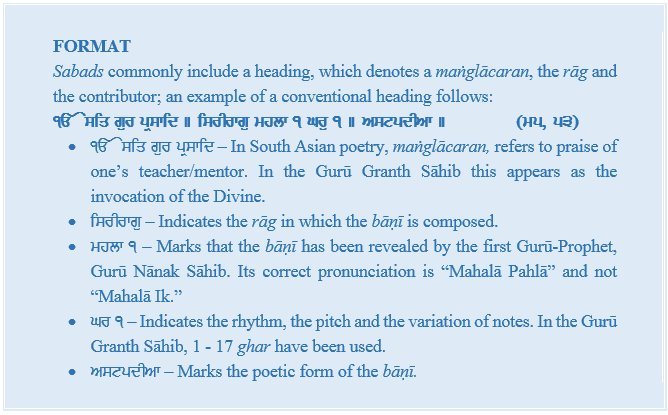
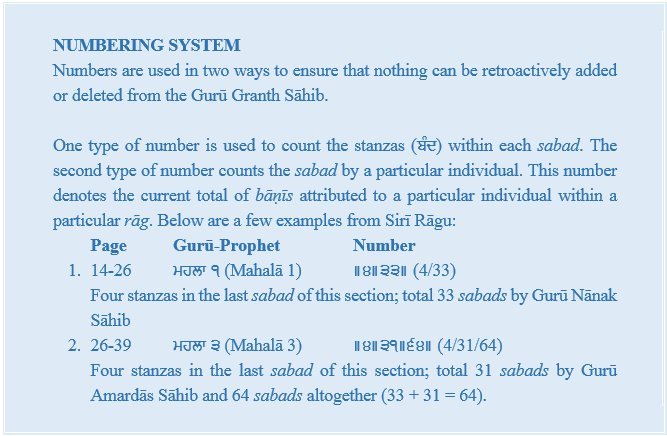
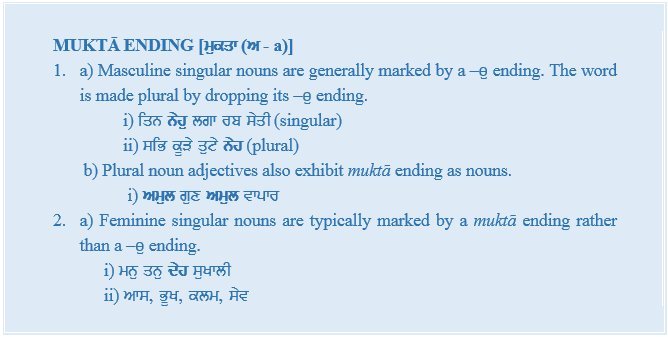
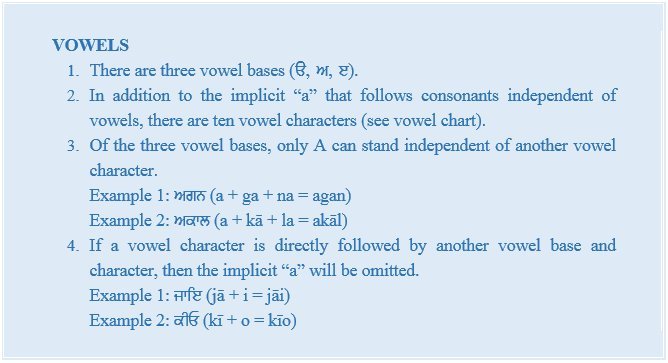
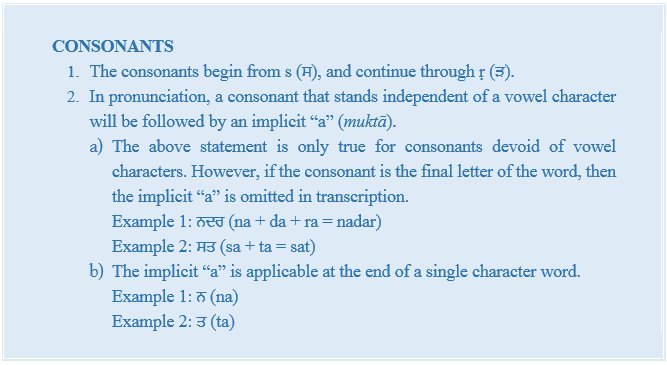
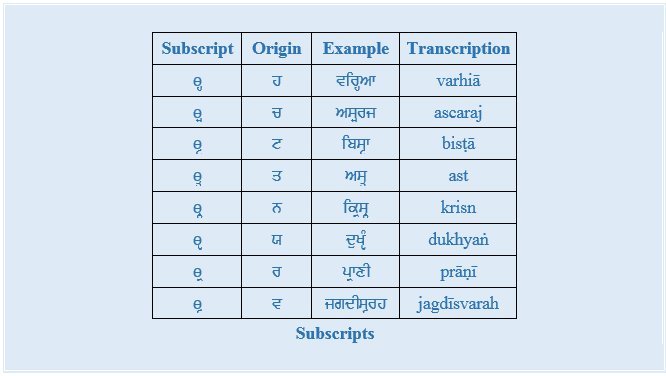
 Ways this book can be utilized:
Ways this book can be utilized: